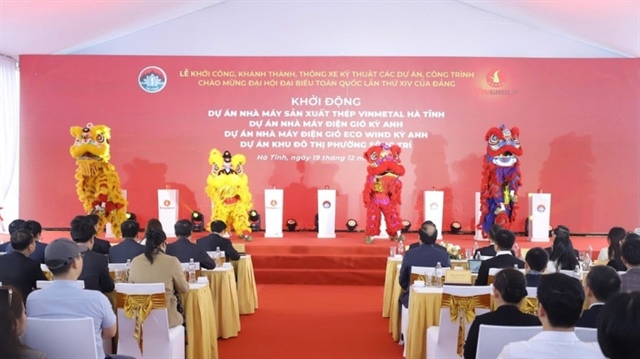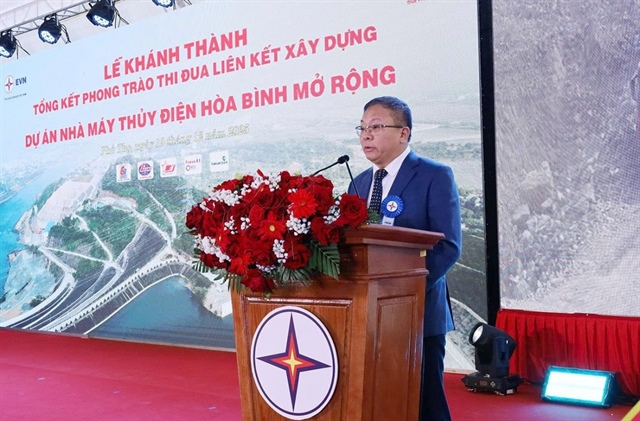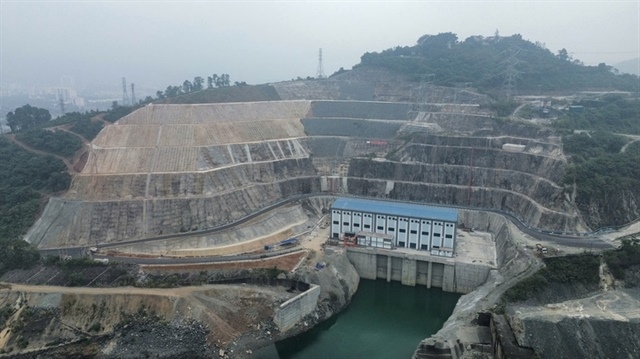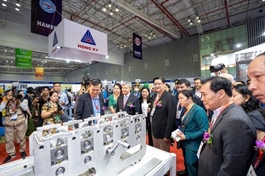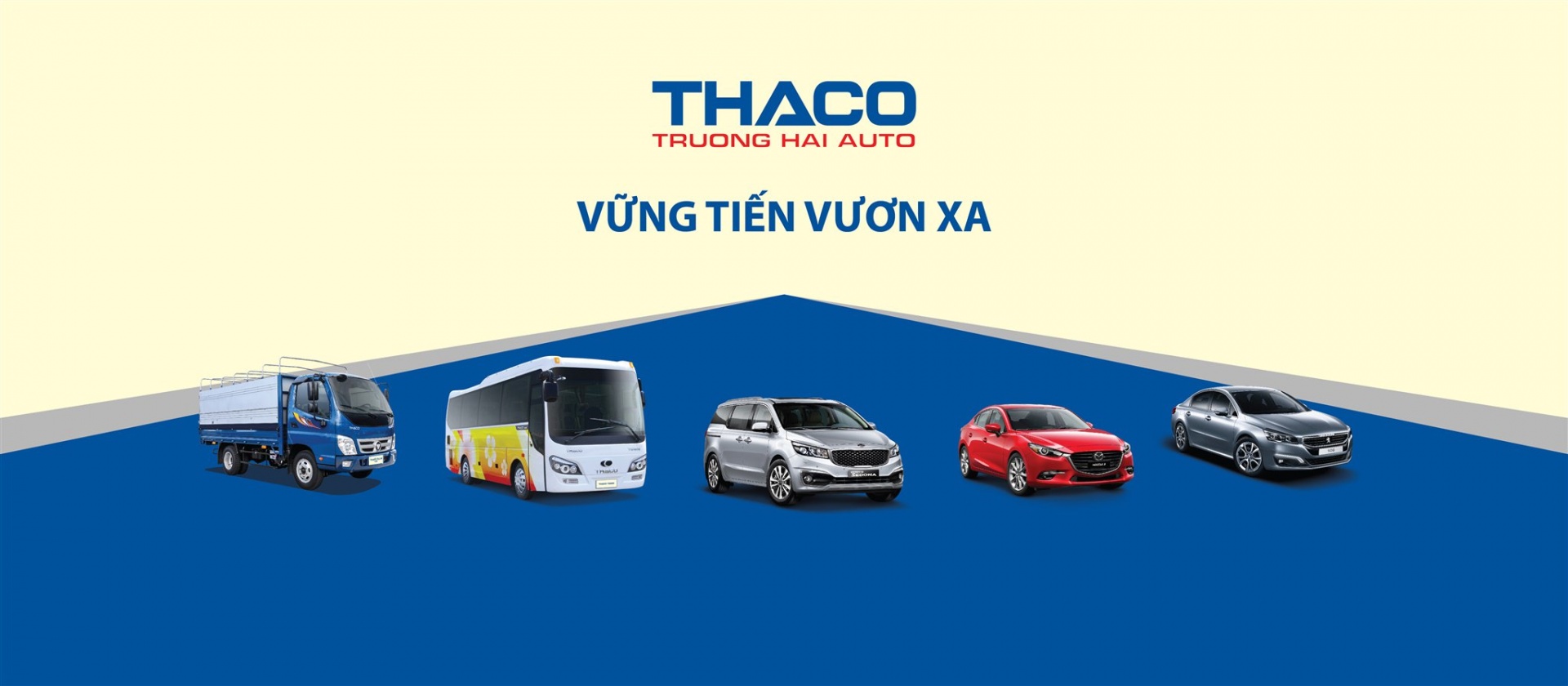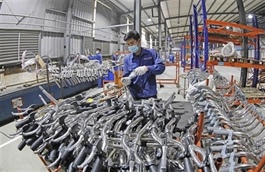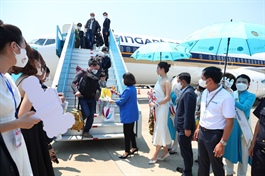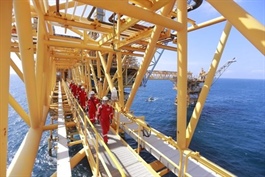Exploiting the potential of the Việt Nam-China-Russia international railway line
Exploiting the potential of the Việt Nam-China-Russia international railway line
A workshop discussing measures to exploit the potential of the Việt Nam - China - Russia international intermodal rail transport route was held in Moscow on Wednesday.
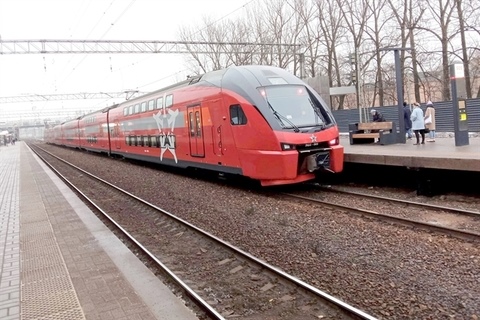
A train of the Russian Railways Logistics JSC (RZD) transports cargo from Vorsino Station, Russia to Yên Viên Station, Hà Nội. The Russian Railways Logistics JSC (RZD), the firm had made utmost efforts to maintain and increase the volume of rail transportation. — VNA/VNS Photo Trần Hiếu |
The event was hosted by the Vietnamese Embassy in Russia in both in-person and online forms, with the participation of 200 delegates from relevant agencies of the three countries.
It provided an opportunity for businesses and State agencies to fully grasp the status of transport activities along the Việt Nam - China - Russia international intermodal transport route; and discuss ways to exploit the significant potential of this crucial route, particularly in the rapidly changing geopolitical situation; and promote collaboration to expand trade relations among the countries.
Delegates heard 17 presentations, which spotlighted the route as a promising transport corridor. As Việt Nam evolves into a logistics hub in Southeast Asia, this railway route is poised to facilitate the two-way transportation of goods between Russia and Southeast Asia.
The presentations underlined the need for relevant parties to join hands in developing the route into a viable alternative to maritime transport routes that have faced congestion.
Approximately 1,500 containers are transported annually by rail from Việt Nam to Russia. However, due to economic difficulties, the volume of containers transported to Russia by railway dropped to only 1,015 last year, and 555 in the first 10 months of this year.
Ambassador to Russia Đặng Minh Khôi said the workshop offered a venue to seek solutions to effectively exploit the route, adding the potential of this route was substantial, while the current challenges could be addressed through a three-party co-operative mechanism.
According to Roman Andropov, head of the business development department in Việt Nam of the Russian Railways Logistics JSC (RZD), the firm had made utmost efforts to maintain and increase the volume of rail transportation.
The three countries needed to promote closer collaboration to leverage the advantages of this transport method in terms of time efficiency and safety, he stressed.
Đỗ Nam Trung, Consulate General of Việt Nam in Nanning, China, stated clearly that the relations between the three countries Việt Nam, China and Russia were very good.
The three countries have favourable conditions in weather, terrain, and human to strengthen co-operation in the railway sector.
Although rail transportation currently has challenges, within the challenges there are opportunities and, importantly, a sense of cooperation, he added.
Many delegates analysed challenges in the field of rail transport, including competition with sea transport due to lower sea transport costs, so rail transport capacity had not reached the desired level.
Nguyễn Huy Hiền, deputy director of the Việt Nam Railway Authority, Ministry of Transport of Việt Nam, pointed out infrastructure limitations that made intermodal transport difficult.
Lack of information about each other was one of the obstacles in implementing co-operative projects, he said.
Transport enterprises did not have a large enough volume of goods to organise continuous container trains, he added.
There was not enough cargo flow to take advantage of two-way roads. The payment issue between Russia and Việt Nam until now has had certain difficulties due to the volatile global situation since the beginning of last year.




